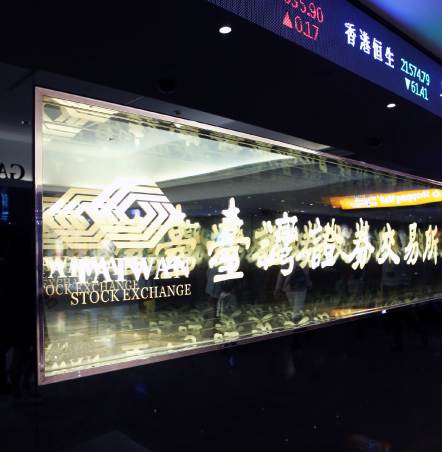I arrived in Seoul well prepared to highlight the successful partnership between South Korea and the United States, which have embarked on a new phase of their relationship since a bilateral free trade agreement came into effect in 2012. The two economic powers boast several companies that have become global brands and dominate their respective industries.

In the first days in the South Korean capital, I met with Amy Jackson, president of the American Chamber of Commerce (AMCHAM) and a former U.S. government trade negotiator. On the back of her vast experience in dealing with her Japanese and Korean counterparts, Ms. Jackson joined a consultancy in Washington D.C. before assuming the leadership of the AMCHAM.
The meeting with Ms. Jackson yielded much insight on how business has developed for both South Korea and the United States following the implementation of the Korea-US Free Trade Agreement (KORUS FTA).
“When the KORUS FTA was launched, AMCHAM was a firm supporter and in fact an advocator of the agreement before it was a topic of discussion between the U.S. and South Korean government,” said Ms. Jackson.
Two years since, AMCHAM South Korea has spent a lot of time publicizing how both sides have benefited from the KORUS FTA.
“Sometimes after FTAs are implemented, there is not enough reporting of the positives. So we are also working on follow up details to the agreement’s implementation. The FTA is fostering more and more investment from the United States into Korea, and from Korea into the United States. We are seeing that trade flows are up in areas where there were tariff reductions under the FTA. Flow areas have increased more for Korea thus far, but perhaps by March of next year that will change,” she stated.
Korea has taken much pride in being a global free trade agreement hub. Should Korea also negotiate an FTA with China and Japan, the country’s FTA coverage will amount to 83 percent of the world’s gross domestic product (GDP).
Beyond the South Korean conglomerates or chaebols, small and medium enterprises have also made a significant contribution to the country’s economic growth. South Korean President Park Gyun-hye has helped SMEs become major exporters and historically, American companies have seen the benefit of collaborating with Korean SMEs and integrate these companies into their global supply chain.
In the coming weeks, I am certain to learn more about South Korea’s successful economy and discover the industries and areas that provide the best opportunities for investment for both countries. - CB












